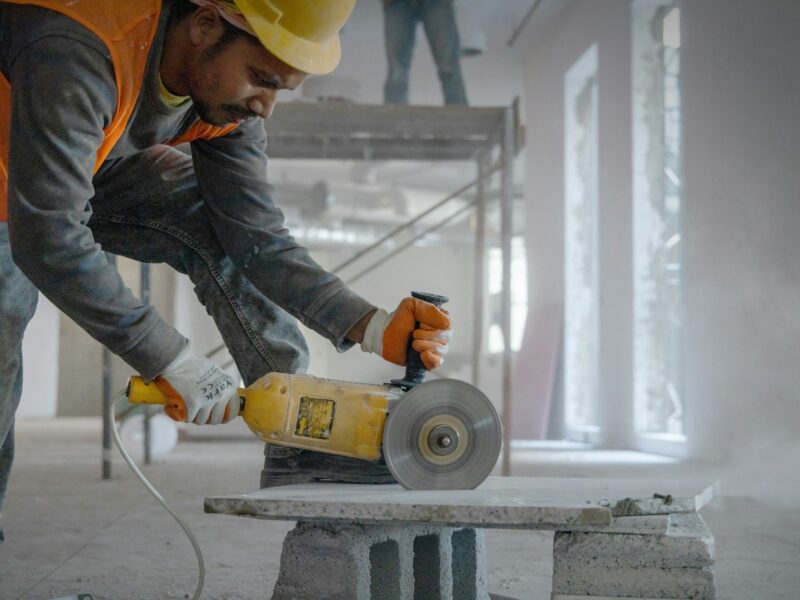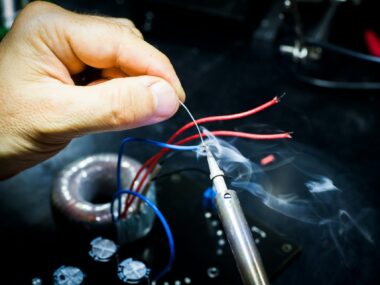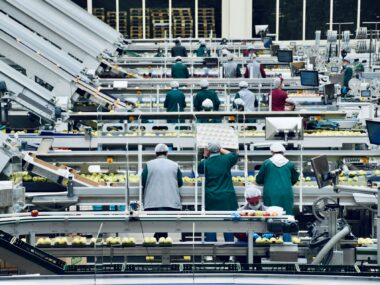Concrete cutting is an essential component of many construction projects, enabling precision in creating openings and modifications within existing structures.
However, with these operations come significant risks to both workers and property.
This blog post aims to provide a comprehensive guide on safety measures in concrete cutting, focusing on the tools and protocols necessary to protect everyone involved.
Whether you’re a seasoned professional or a newcomer to the field, this information is vital for ensuring job site safety.
The Importance of Safety in Concrete Cutting
Understanding the Risks
Concrete cutting involves the use of powerful tools that can present numerous hazards. These include flying debris, dust inhalation, and potential accidents from equipment malfunction. Recognizing these risks is the first step in establishing effective safety protocols.
Impact on Workers and Property
Unsafe concrete-cutting practices can lead to serious injuries among workers and property damage, resulting in significant financial losses and project delays. Protecting both is crucial for maintaining productivity and reputation in the construction industry.
Role of Safety Protocols
Implementing rigorous safety protocols is essential in mitigating the risks associated with concrete cutting. These guidelines ensure that operations are carried out efficiently while safeguarding workers and surrounding properties.
Concrete Cutting Safety Equipment
Essential Protective Gear
Personal protective equipment (PPE) is the frontline defense against job site hazards. Essential gear includes safety goggles, helmets, gloves, and steel-toed boots, all designed to minimize the risk of injury.
Specialized Equipment for Concrete Cutting
Advanced tools such as wet-cutting saws and dust extraction systems can significantly reduce exposure to harmful dust and debris. Using the right equipment is a key factor in maintaining safety standards.
Maintenance and Inspection
Regular maintenance and inspection of equipment are crucial for ensuring they function correctly and safely. This practice helps prevent equipment malfunctions that could lead to accidents.
Establishing Safety Protocols
Training and Education
Providing comprehensive training to workers on concrete cutting protocols ensures they understand how to operate equipment safely and respond to potential hazards.
Job Site Safety Assessments
Conducting thorough safety assessments before beginning any operation helps identify potential risks and enables the development of tailored safety measures for each site.
Emergency Preparedness
Preparing for emergencies, such as equipment failure or accidents, is a vital component of any safety protocol. Having a clear plan in place ensures quick and effective responses, minimizing harm and disruption.
Addressing Construction Risks
Identifying Common Hazards
Understanding common hazards associated with concrete cutting, such as structural instability or environmental factors, allows for better risk management and prevention strategies.
Strategies for Risk Mitigation
Implementing strategies such as restricting access to active cutting areas and using barriers to control debris can significantly reduce construction risks.
Learning from Industry Incidents
Analyzing past incidents within the industry provides valuable insights into potential risks and effective mitigation strategies, helping to prevent future occurrences.
Building a Culture of Safety
Leadership and Accountability
Strong leadership is essential in promoting a culture of safety within an organization. Leaders must hold themselves and their teams accountable for following safety protocols.
Encouraging Open Communication
Creating an environment where workers feel comfortable reporting safety concerns or incidents encourages transparency and continuous improvement in safety practices.
Recognizing and Rewarding Safe Practices
Acknowledging and rewarding individuals or teams who consistently adhere to safety protocols reinforces the importance of safety and motivates continued compliance.
Conclusion
Prioritizing safety in concrete cutting is not just about compliance; it’s about protecting the lives and well-being of workers and ensuring the success of construction projects.
By implementing comprehensive safety measures, such as those practiced by Lions Concrete Cutting and Coring, companies can achieve operational excellence while minimizing risks.
For further guidance on enhancing safety in your concrete cutting operations, consider reaching out to experts and exploring additional resources.
Your commitment to safety is an investment in the future of your business and your workforce.






